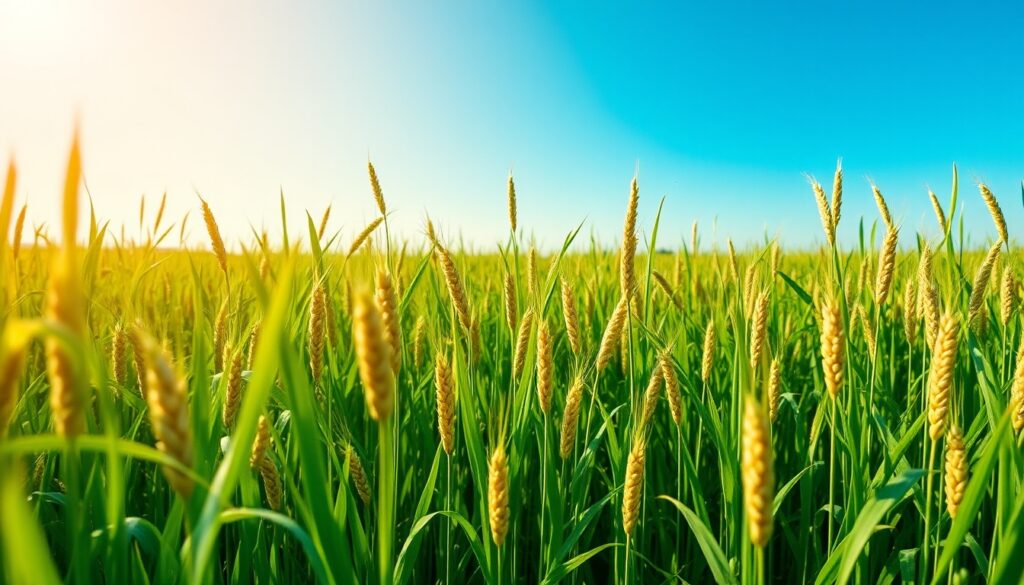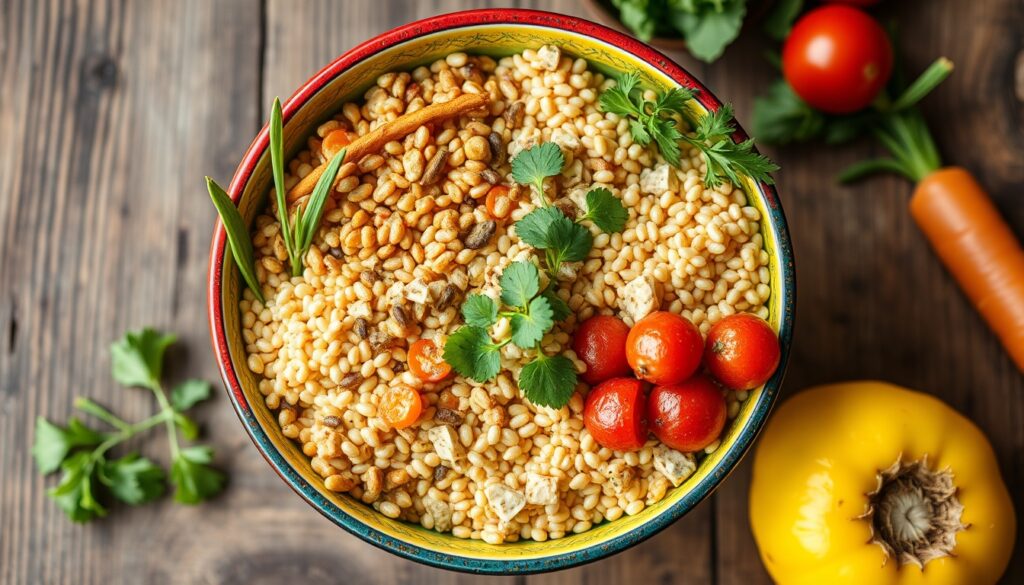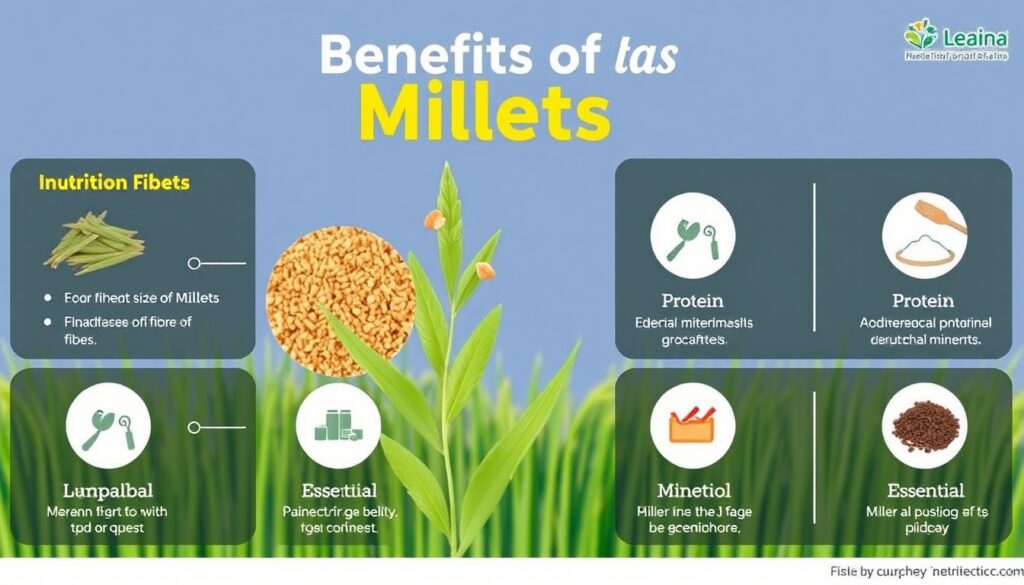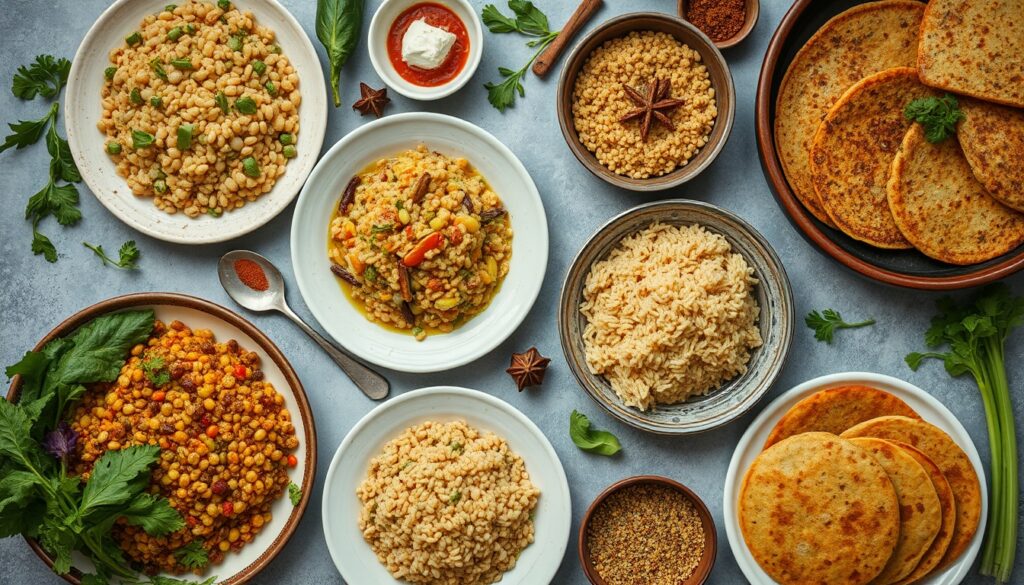The United States is grappling with a hidden epidemic known as “hidden hunger.” This term refers to individuals who may appear healthy but suffer from micronutrient deficiencies within their bodies.
Many people have misconceptions about their health, often believing they are immune to diseases. The COVID-19 pandemic starkly revealed this reality, as lifestyle diseases like diabetes and heart disease surged among the population.

The Nutritional Crisis
One of the major reasons for these health issues is the lack of essential nutrients in American diets. There is a tendency to follow food trends and advertisements blindly. For instance, many individuals have shifted from traditional food practices to processed alternatives, often neglecting nutrient-rich, whole foods that lack commercial promotion.
Rediscovering Millets
Millets, some of the oldest cultivated grains globally, fall into this category. Key varieties include proso, foxtail, and barnyard millet. These grains were staples in ancient diets but have been overlooked in modern nutrition, often seen as “food for the poor.”
In ancient cultures, millets received significant attention, and archaeological evidence shows they were used extensively by early civilizations. However, following advancements in agriculture and the focus on high-yield crops like wheat and corn, millets have fallen by the wayside in many American diets.

Rising Health Issues
Today, millions of Americans face nutritional deficiencies. Statistics are concerning: around 19 million U.S. children under five are classified as food insecure, and many adults struggle with obesity, heart disease, and diabetes. The prevalence of diabetes, in particular, is alarming, with over 10% of the adult population diagnosed as of 2021.
The Benefits of Millets
Millets are not just ancient grains; they offer a solution to many contemporary health issues. They are rich in dietary fiber, protein, and essential minerals. Their low glycemic index means they release glucose slowly, helping control hunger and reducing the risk of overeating. Additionally, millets are gluten-free, making them suitable for those with gluten sensitivity.
- Gut Health: Millets improve digestive health by alleviating issues like constipation and bloating.
- Nutrient Density: They are packed with calcium, iron, and magnesium, which are crucial for overall health.
- Heart Health: Millets can lower blood pressure and bad cholesterol levels, reducing the risk of heart disease.
- Diabetes Control: Regular consumption has been shown to improve blood sugar levels, especially when substituting rice in meals.

An Environmental Solution
Millets are also environmentally friendly. They require significantly less water than traditional crops like corn and wheat—only about 600–1200 liters per kg compared to corn’s 4500 liters. They thrive in poor soil conditions, making them ideal for regions prone to drought. This adaptability is crucial as climate change continues to impact agriculture across the U.S.
A Shift Towards Sustainability
Despite their benefits, millet consumption in the U.S. has drastically decreased. Emphasizing the need for a nutritional shift, experts argue that reintroducing millets into the American food system could significantly improve health outcomes.
In response, some government initiatives and food organizations are beginning to recognize the potential of millets, promoting their use in school lunch programs and community health initiatives as a step towards addressing malnutrition and climate resilience.

How to Include Millets in Your Diet
If you are new to millets, start by incorporating small portions into your meals. They can be consumed in various forms, such as:
- Millet Bowls: Combine with vegetables, proteins, and sauces.
- Pancakes or Waffles: Use millet flour as a base for breakfast options.
- Salads: Add cooked millets to salads for extra texture and nutrition.
- Soups and Stews: Use millets as a hearty addition to soups.
- Baking: Substitute millet flour in baked goods for a nutritious twist.
These grains are versatile and can easily be included in daily diets. Gradually increase the variety and amount as you and your family adjust.
Conclusion
Millets have the potential to transform America’s health landscape. By rediscovering and embracing these ancient grains, we can tackle hidden hunger, improve health outcomes, and promote sustainable agriculture. It’s time to shift our dietary habits and priorities towards millets for a healthier future.
Share this content:

